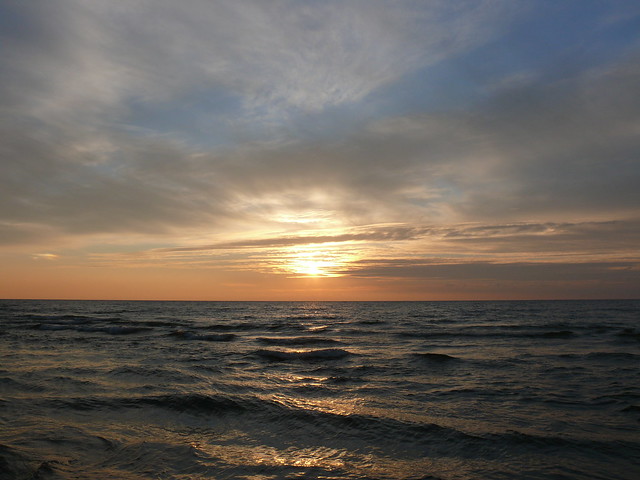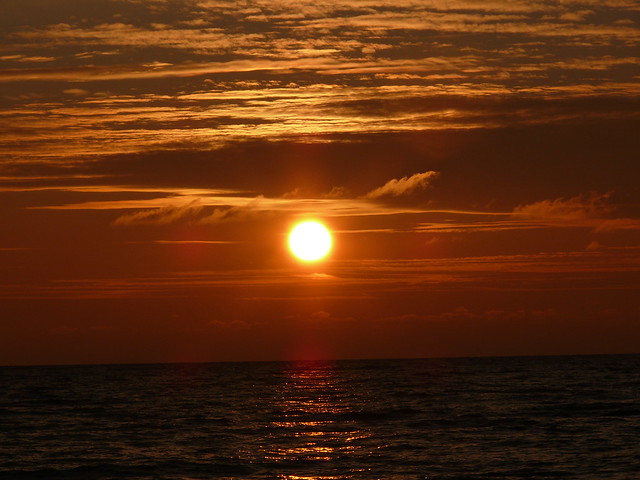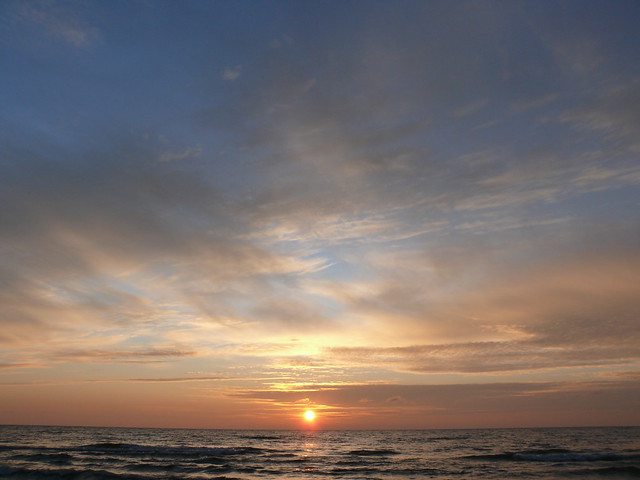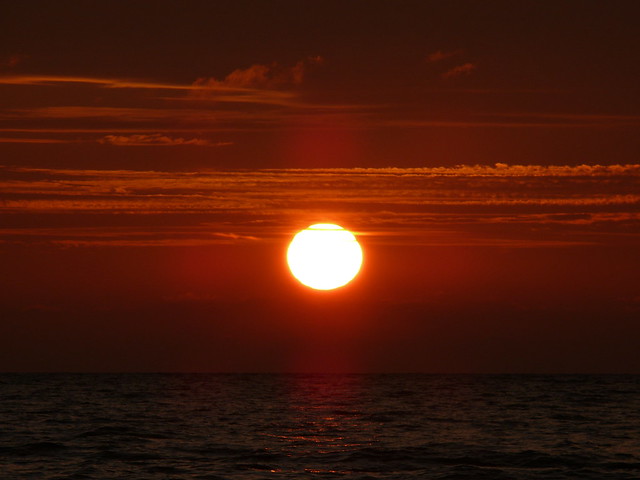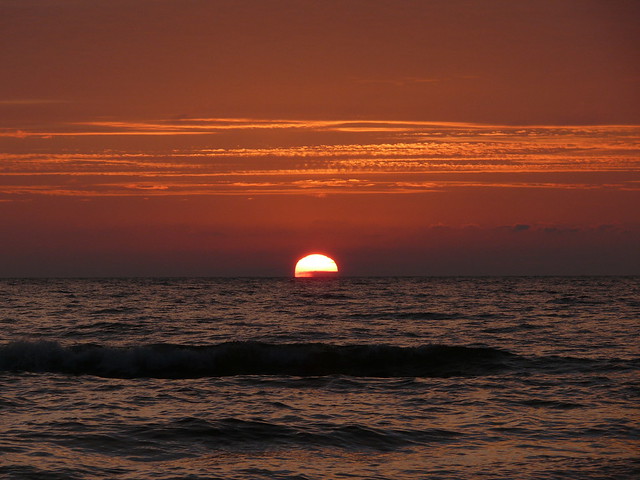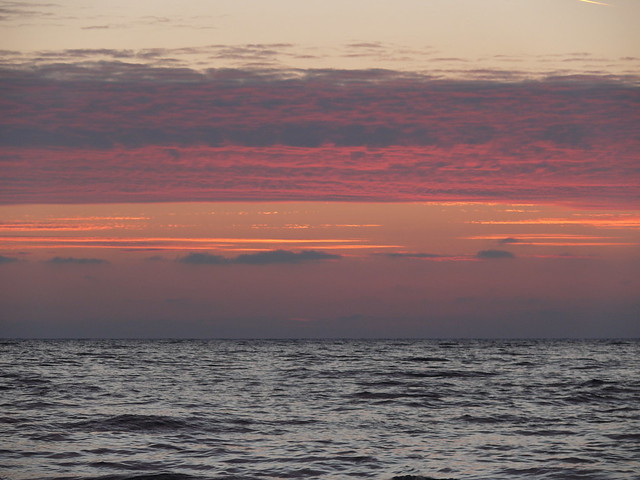This is part 2 of an ongoing series exploring the different Javascript/canvas element drawing libraries which are currently in use.
oCanvas.js is another small-footprint, easy to use Javascript library. In use it is similar to Easel.js (see my review of easel.js here), but the syntax is a little simpler. Where Easel feels more like Actionscript, oCanvas feels more like jQuery. This makes sense, since Easel was written to appeal to Flash developers.
Other than syntax, oCanvas and Easel seem to be interchangeable. Easel might have more fine-tuned control over drawing, but not enough to make a significant difference in any but the most complex web applications.
oCanvas is a lot of fun to play with, The syntax is easy to pick up; the documentation is well structured, and anyone familiar with jQuery should be able to extrapolate from the examples on the oCanvas site and have something up and running in a few minutes.
The only real downside to oCanvas is that no-one appears to be using it. Almost all of the articles I found which talk about oCanvas are of the “here are a dozen new Javascript drawing libraries” type, and they only link back to the oCanvas page. No examples out in the wild. No demos or source code other than that created by the oCanvas team. I think that is a shame. oCanvas deserves more attention than that.
So here is a simple demonstration of oCanvas, along with source code and commentary. Enjoy!
HTML
<!DOCTYPE html>
<html>
<head>
<title>oCanvas.js demo</title>
<style>
* {margin:0;padding:0;}
body {background:#ffffff;margin:0;padding:0;overflow:hidden;}
#myCanvas {position:absolute;left:0;top:0;width:800px;height:480px;background:#ffffff;}
</style>
<script type="text/javascript" src="ocanvas.js"></script>
<script type="text/javascript" src="ocanvas-test-code.js"></script>
</head>
<body>
<canvas id="myCanvas" width="800" height="480"></canvas>
</body>
</html>
Nothing too exciting in the HTML. Be sure to include the width and height attributes in the canvas element so that the graphics therein are not distorted.
Javascript
/* global variables */
var canvas,
currentShape="circle",
isPaused = true,
isInitialized = false;
/* math and positioning */
var shapes = ["circle","tricuspoid","tetracuspoid","epicycloid","epicycloid 2","epicycloid 3","lissajous","lemniscate","butterfly"];
var w = 800;
var h = 480;
var centerX = 240;
var centerY = 240;
var radius_x = 150;
var radius_y = 150;
var theta = 0;
var objects = [];
var numObjects = 0;
var r2d = 180/Math.PI;
var d2r = Math.PI/180;
var orbitSteps = 180;
var orbitSpeed = Math.PI*2/orbitSteps;
var objectInterval;
var objectPosition;
var direction = 1;
var index = 0;
var xVar1 = 0;
var xVar2;
var xVar3;
var xVar4;
var startingObjects = 100;
var newX;
var newY;
onload = init;
function init() {
canvas = oCanvas.create({
canvas: "#myCanvas",
background: "#ffffff"
});
initInterface();
initObjects();
onEnterFrame();
isInitialized = true;
canvas.setLoop(onEnterFrame).start();
}
function initInterface() {
var xOff = 625;
var yOff = 25;
for(var i=0;i<shapes.length;i++) {
var b = canvas.display.rectangle({
x:xOff,
y:yOff,
width:150,
height:20,
fill:'#ededed',
stroke:'1px outside #808080',
shapeName:shapes[i]
});
var txt = canvas.display.text({
x:75,
y:4,
align:'center',
font:'12px courier,monospace',
text:shapes[i],
fill:'#000000'
});
b.addChild(txt);
b.bind('mouseenter',function(){
document.getElementById("myCanvas").style.cursor="pointer";
this.fill = '#ffffff';
});
b.bind('mouseleave',function(){
document.getElementById("myCanvas").style.cursor="auto";
this.fill = '#ededed';
});
b.bind('click',function(){
currentShape = this.shapeName;
isInitialized = false;
onEnterFrame();
isInitialized = true;
});
yOff += 23;
canvas.addChild(b);
}
yOff += 23;
var pauseButton = canvas.display.rectangle({
x:xOff,
y:yOff,
width:150,
height:20,
fill:'#ededed',
stroke:'1px outside #808080'
});
var pauseButtonText = canvas.display.text({
x:75,
y:4,
align:'center',
font:'12px courier,monospace',
text:"PLAY/PAUSE",
fill:'#000000'
});
pauseButton.addChild(pauseButtonText);
pauseButton.bind('mouseenter',function(){
document.getElementById("myCanvas").style.cursor="pointer";
this.fill = '#ffffff';
});
pauseButton.bind('mouseleave',function(){
document.getElementById("myCanvas").style.cursor="auto";
this.fill = '#ededed';
});
pauseButton.bind('click',function() {
isPaused = !isPaused;
});
canvas.addChild(pauseButton);
}
function initObjects() {
for(var i=0;i<startingObjects;i++) {
addObject();
}
}
function addObject() {
var obj = canvas.display.ellipse({
x:centerX,
y:centerY,
radius_x:5,
radius_y:5,
stroke:"1px #000000",
fill:"#"+randomRGB()+randomRGB()+randomRGB()
});
objects.push(obj);
numObjects = objects.length;
objectInterval = orbitSteps/numObjects;
canvas.addChild(obj);
}
function removeObject() {
numObjects = objects.length;
objectInterval = orbitSteps/numObjects;
}
function randomRGB(){
var s = Math.floor(Math.random()*256).toString(16);
if(s.length==1) s = "0"+s;
return s;
}
function onEnterFrame() {
if(isPaused==true && isInitialized==true) return;
for(var i = 0; i < numObjects; i++) {
objectPosition = orbitSpeed*objectInterval*i; // each object is individually updated
switch(currentShape) {
case "circle":
newX = centerX + radius_x * Math.cos(theta + objectPosition);
newY = centerY + radius_y * Math.sin(theta + objectPosition);
break;
case "tricuspoid":
newX = centerX + (radius_x*.5) * ((2 * Math.cos(theta + objectPosition)) + Math.cos(2 * (theta + objectPosition)));
newY = centerY + (radius_y*.5) * ((2 * Math.sin(theta + objectPosition)) - Math.sin(2 * (theta + objectPosition)));
break;
case "tetracuspoid":
newX = centerX + radius_x * Math.pow((Math.cos(theta + objectPosition)),3);
newY = centerY + radius_y * Math.pow((Math.sin(theta + objectPosition)),3);
break;
case "epicycloid":
newX = centerX + (radius_x*.4) * Math.cos(theta + objectPosition) - radius_x*1*(Math.cos((radius_x/radius_x + 1) * (theta + objectPosition)));
newY = centerY + (radius_y*.4) * Math.sin(theta + objectPosition) - radius_y*1*(Math.sin((radius_y/radius_y + 1) * (theta + objectPosition)));
break;
case "epicycloid 2":
newX = centerX + (radius_x*.4) * Math.cos(theta + objectPosition) - radius_x*1*(Math.cos((radius_x/radius_x + 2) * (theta + objectPosition)));
newY = centerY + (radius_y*.4) * Math.sin(theta + objectPosition) - radius_y*1*(Math.sin((radius_y/radius_y + 2) * (theta + objectPosition)));
break;
case "epicycloid 3":
newX = centerX + (radius_x*.4) * Math.cos(theta + objectPosition) - radius_x*1*(Math.cos((radius_x/radius_x + 3) * (theta + objectPosition)));
newY = centerY + (radius_y*.4) * Math.sin(theta + objectPosition) - radius_y*1*(Math.sin((radius_y/radius_y + 3) * (theta + objectPosition)));
break;
case "lissajous":
newX = centerX + radius_x * (Math.sin(3 * (theta + objectPosition) + xVar1));
newY = centerY + radius_y * Math.sin(theta + objectPosition);
xVar1 += .002;
break;
case "lemniscate":
newX = centerX + (radius_x*1.2) * ((Math.cos(theta + objectPosition)/(1 + Math.pow(Math.sin(theta + objectPosition),2))));
newY = centerY + (radius_y*1.2) * (Math.sin(theta + objectPosition) * (Math.cos(theta + objectPosition)/(1 + Math.pow(Math.sin(theta + objectPosition),2))));
break;
case "butterfly":
newX = centerX + (radius_x*.4) * (Math.cos(theta + objectPosition) * (Math.pow(5,Math.cos(theta+objectPosition)) - 2 * Math.cos(4 * (theta+objectPosition)) - Math.pow(Math.sin((theta+objectPosition)/12),4)));
newY = centerY + (radius_y*.4) * (Math.sin(theta + objectPosition) * (Math.pow(5,Math.cos(theta+objectPosition)) - 2 * Math.cos(4 * (theta+objectPosition)) - Math.pow(Math.sin((theta+objectPosition)/12),4)));
break;
default:
break;
}
objects[i].x = newX;
objects[i].y = newY;
}
theta += (orbitSpeed*direction);
}
Here is a line-by-line breakdown of the preceding Javascript:
- 2-5
- initializing global variables
- 8-32
- initializing variables for the demo. This is mostly all for the animation. Nothing here that is oCanvas-specific.
- 34
- This tells the browser to fire the init() function when the page finishes loading.
- 36-49 – function init()
- Fired when the page loads
- 37-40 initialize the global canvas variable, and associate it with the HTML canvas element which has the id of “myCanvcas”
- 42-43 – create the user interface, and initialize the objects for animation
- 46 – call the animation function once in order to display the objects
- 47 – set the global initialization state
- 48 – begin the animation. By default the animation is paused
- Fired when the page loads
- 51-121 – initInterface()
- Create the user interface for the demo
- 52-53 – set the base position for the UI buttons
- 54-89 – create the UI buttons
- 55-63 – create and style a rectangle graphic, and assign the “shapeName” property, which references one of the animation sequences
- 64-71 – create and style a text block, which displays the name of one of the animation sequences
- 72 – add the text block as a child of the rectangle graphic
- 73-76 – add the mouseover behavior for the button
- 77-80 – and the mouseout behavior for the button
- 81-86 – add the onclick behavior to the button. Updates the “currentShape” variable to equal the value of the button’s “shapeName” property
- 87 – update the base Y position for the buttons
- 88 – add the button object to the canvas object. This is how objects are made visible in oCanvas
- 90 – update the Y variable to add some space between the preceding buttons and the play/pause button
- 91-98 – create and style a rectangle graphic for the play/pause button
- 99-106 – create a text block for the play/pause button
- 107 – add the text block as a child of the play/pause button graphic
- 108-111 – add mouseover functionality to the play/pause button
- 112-115 – add mouseout functionality to the play/pause button
- 116-118 – add onclick functionality to the play/pause button. A click will toggle the paused state of the demo
- 119 – add the play/pause button to the canvas
- Create the user interface for the demo
- 122-126 – initObjects()
- This method counts up to the value of startingObjects and calls addObject once for each iteration
- 127-140 – addObject()
- this function creates a circle graphic, styles it, updates some of the animation variables, and adds the new object to the canvas
- 128-135 – create and style a circle graphic
- 136 – add the circle to the array of circles
- 137 – update the numObjects variable to equal the number of elements in the objects array
- 138 – update the spacing between circles, based on the number of circles in the animation
- 139 – add the new circle graphic to the canvas
- this function creates a circle graphic, styles it, updates some of the animation variables, and adds the new object to the canvas
- 141-144 – removeObject()
- remove a circle from the animation. Not used in this demo
- 146-150 – randomRGB()
- create a random hexadecimal number between 0 and 255, convert it to a string, and return it for use in coloring the circle graphics.
- 151-201 – onEnterFrame()
- This is the function which animates the circles based on the current animation pattern, which is held in the variable “currentShape”
- 152 – if the animation is currently paused, do nothing
- 153 – begin iterating through each object in the animation
- 154 – get the position of the circle in the sequence of circles
- 155-196 – based on the variable “currentShape”, determine the new position of the circle within the animation
- 197-198 – update the position of the circle within the canvas
- 200 – increment the rotation of the entire animation
- This is the function which animates the circles based on the current animation pattern, which is held in the variable “currentShape”
And there you have it. If you compare the code for this animation with the code in the Easel.js post, you will see that they are quite similar. The syntax for oCanvas is a little simpler, but it still allows the same control over style and position.
As in the other articles in this series, the math for the animations comes from my Simple Trigonometric Curves Tutorial over at Kongregate.
I hope that oCanvas gets some more attention from web developers. It is a worthy project.
